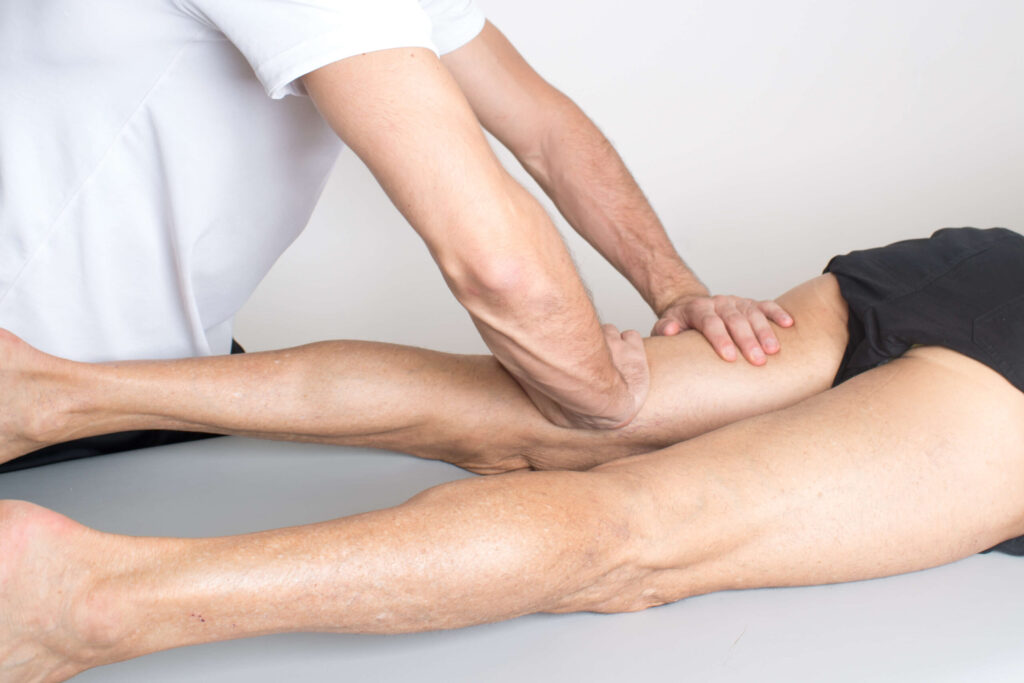Explaining Adductor Tears: The NBA’s Latest Playoff Injury

Houston Rockets’ 34 year-old backup-center Nenê Hilario suffered a tear of his left hip adductor muscle in the first quarter of yesterday’s playoff game against the San Antonio Spurs. Though the Rockets’ subsequent win tied the series at two apiece, Nenê will be out for the duration. An MRI reportedly revealed the tear. A treatment plan has yet to be announced.
A Groin Strain
A groin strain can entail any of the six muscles in the group known as the hip adductors. These muscles originate on the lower pelvic girdle (at the ischium) and bottom portion of the pubic bones, and insert in the thigh on the inner side of the femur.
Strains are graded from a Grade 1, which is a mild disruption of the muscle fibers to a Grade 3, which is a complete rupture. Reports on Nenê’s injury did not indicate whether he was diagnosed with a Grade 2 (a partial tear) or Grade 3.
Adductor strains can be triggered by traumatic over-stretching of the muscles or with agility activities, which entail a quick change of direction. Other common causes involve applied resistance to the muscles such as when strengthening, with rapid movement of the limb as when kicking a ball, or even simply using your foot to push something along (particularly with the hip in an outwardly rotated kicking position). Soccer and hockey players exhibit the highest incidences of sports related adductor strains.
The Hip Adductors
The primary function of the adductors is to draw the thigh toward the midline of the body when the foot is not planted and to help stabilize the lower extremity and pelvis when the foot is fixed. One of the adductors in particular, the adductor longus is the one most often injured in sports. The orientation of this very long muscle puts it at a relative mechanical disadvantage, which is thought to be the reason it is more susceptible.
Other factors found to increase the vulnerability of the adductors include: weakness, (particularly relative to the strength of the hip abductor muscles, which are their counterparts), and the strength of the forceful lengthening type of contractions (known as eccentric contractions) that are required of these muscles to play sports such as hockey. In addition, decreased muscle flexibility, a history of prior injury or even weakness of core muscles in the region resulting in altered mechanics can also predispose to adductor strains.
The primary hip adductor muscles are the: adductor longus, adductor magnus, adductor brevis, gracilis, and pectineus, A sixth muscle, obturator externus, also contributes secondarily to hip adduction when the hip is in flexion (bent). This muscle’s primary functions are to stabilize the head of the femur in the socket at the hip and to outwardly rotate the hip.
Treatment
Though specific training programs can reduce the incidence of injury, there are no guarantees. Progressive rehabilitation is important once injury does occur to control inflammation, restore strength and flexibility, as well as to prevent a strain from becoming a chronic or recurring issue.
Occasionally, more chronic groin problems are associated with other diagnoses, such as a sports hernia, that may require surgery. This diagnosis is made when there is weakening or tears in the muscles of the abdominal wall.
